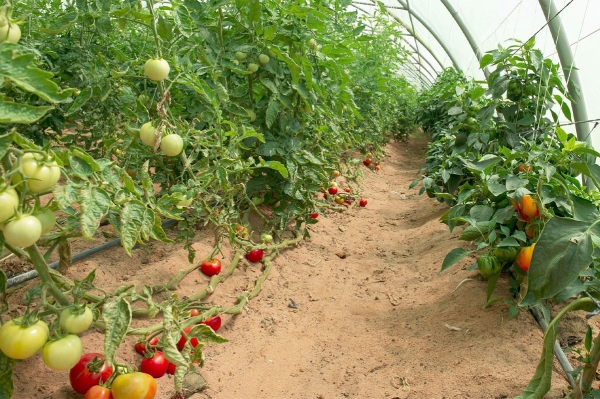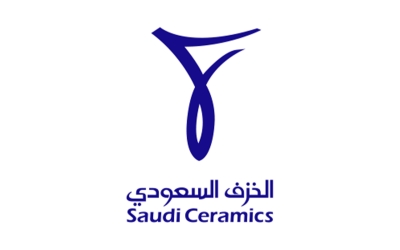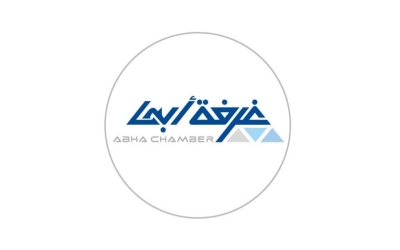

Agricultural Greenhouses in the Kingdom of Saudi Arabia are one of the methods of crop production in the Kingdom, within a specific environment that provides the suitable climate for year-round production. The Kingdom first used greenhouse agriculture in 1969, when the then Ministry of Agriculture issued the first license to establish a greenhouse agriculture project in Riyadh with a production capacity of up to 1,400 t of vegetables. Since then, it has witnessed development in all its technical, production, and preventive aspects.
Greenhouses aid in producing crops throughout the year and extending their seasons. They are also a major factor for the success of specialized agricultural production, such as organic farming, and protect against the effects of varying climatic conditions, such as extreme heat and cold waves, rain, and wind. They also limit the spread of agricultural pests.
The results of scientific research and studies conducted by the Ministry of Environment, Water and Agriculture have shown that the use of modern technologies in the agricultural sector and greenhouses contributes to saving irrigation water by up to 60 percent, in addition to increasing productivity, reducing costs, improving quality, and increasing farmers' profits.
Expansion plan for greenhouses in the Kingdom
In 2022, the Ministry of Environment, Water and Agriculture and the Board of Directors of the Agricultural Development Fund approved the expansion plan for the plant wealth and greenhouse sector, with expected new investments worth SAR4 billion until 2025, in cooperation with relevant entities and private sector companies. The plan aims to increase production capacity by encouraging the use of modern technologies in the agricultural sector.
The approved expansion plan contributes to an increase in productivity by 430,000 t during the period from 2023 to 2025, bringing the total production capacity of greenhouses to more than one million t annually, through injecting new investments in the plant wealth and greenhouse sector to achieve national food security, increase contribution to local content, and provide job opportunities.
Production volume of greenhouses in the Kingdom
The production capacity of greenhouses in the Kingdom reached 613.6 thousand t in 2021, according to the ministry's statistics yearbook. This accounted for approximately 6.05 percent of the Kingdom's agricultural production, while the production of crop types from fruits, grains, open-field and greenhouse vegetables, and fodder cultivation amounted to around 10.14 million t during the same year. In 2023, the production volume of companies investing in greenhouses for the tomato crop reached around 266.7 thousand t annually.
The ministry has adopted an expansion plan for the plant wealth and greenhouse sector in the Kingdom, in cooperation with relevant entities and private sector companies, aiming to increase the targeted production capacity of greenhouses, identify projects with financial and regulatory capabilities for expansion, and determine opportunities for expansion and increasing production capacity in existing projects. It stated that follow-up and facilitation of procedures are currently underway to enable these projects to achieve their expansion targets.
The modern technologies adopted by the expansion plan to achieve its targets include closed greenhouse cultivation in glass and fiberglass greenhouses, standards for rationalizing irrigation water consumption through modern self-operating irrigation networks based on integrated greenhouse agriculture management, as well as various hydroponic cultivation techniques, such as hydroponics, aquaponics, vertical farming, aeroponics, and others.
Saffron production in greenhouses
The crops cultivated in greenhouses are not limited to traditional products. The Ministry of Environment, Water, and Agriculture has announced the successful cultivation of saffron in greenhouses in the Kingdom and its work on doubling production through the Promoting Applied Trends initiative, one of the National Transformation Initiatives of the National Research and Development Center for Sustainable Agriculture 'Estidamah.' Saffron is considered a promising crop with high economic value.
Hydroponic cultivation of saffron corms has shown good results, and the Kingdom aims to double the productivity per m to more than fifteen times compared to open fields. The success of saffron cultivation is attributed to the use of units similar to artificially lit plant factories, known as the SPFAL (Specialized Plant Factory with Artificial Lighting) technology. The investment opportunities for local saffron cultivation result in value-added projects with substantial economic returns. The Kingdom aims to achieve self-sufficiency in saffron production, as its imports amounted to 125 t in 2020, representing about one-third of global production and exceeding SAR112 million in value.
Financing air-conditioned greenhouse projects
Greenhouse projects are one of the main sectors financed by the Agricultural Development Fund, including contributing to the financing of investment and operational costs for eligible and productive farms to establish air-conditioned or non-air-conditioned greenhouses. The value of loans provided by the fund for production sectors during 2022 exceeded SAR5 billion.
The Ministry of Environment, Water, and Agriculture and the Agricultural Development Fund have defined lending conditions for specialized projects (individuals), specialized projects for companies, and specialized projects for cooperative associations.
Related quizzes
Related articles

